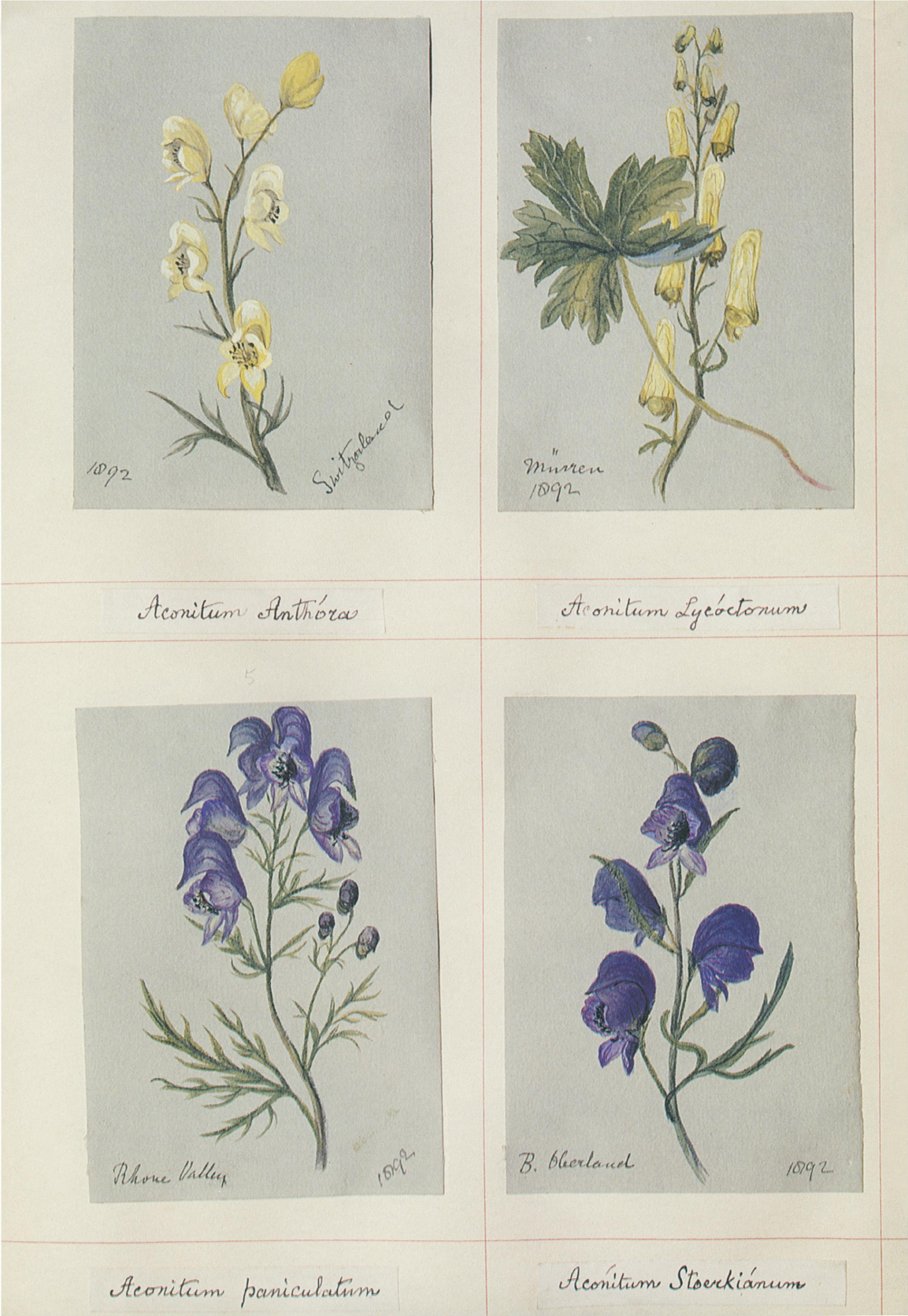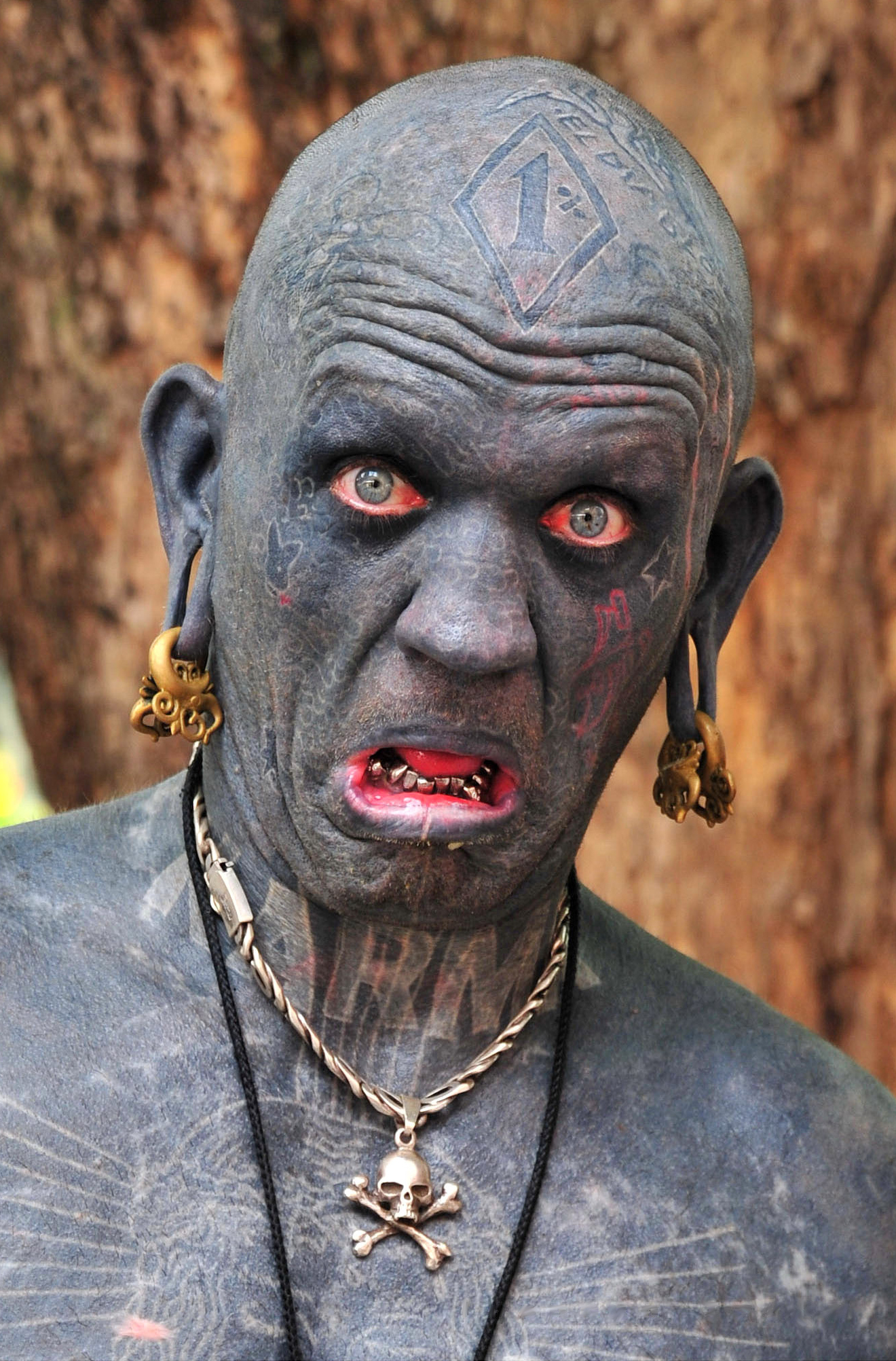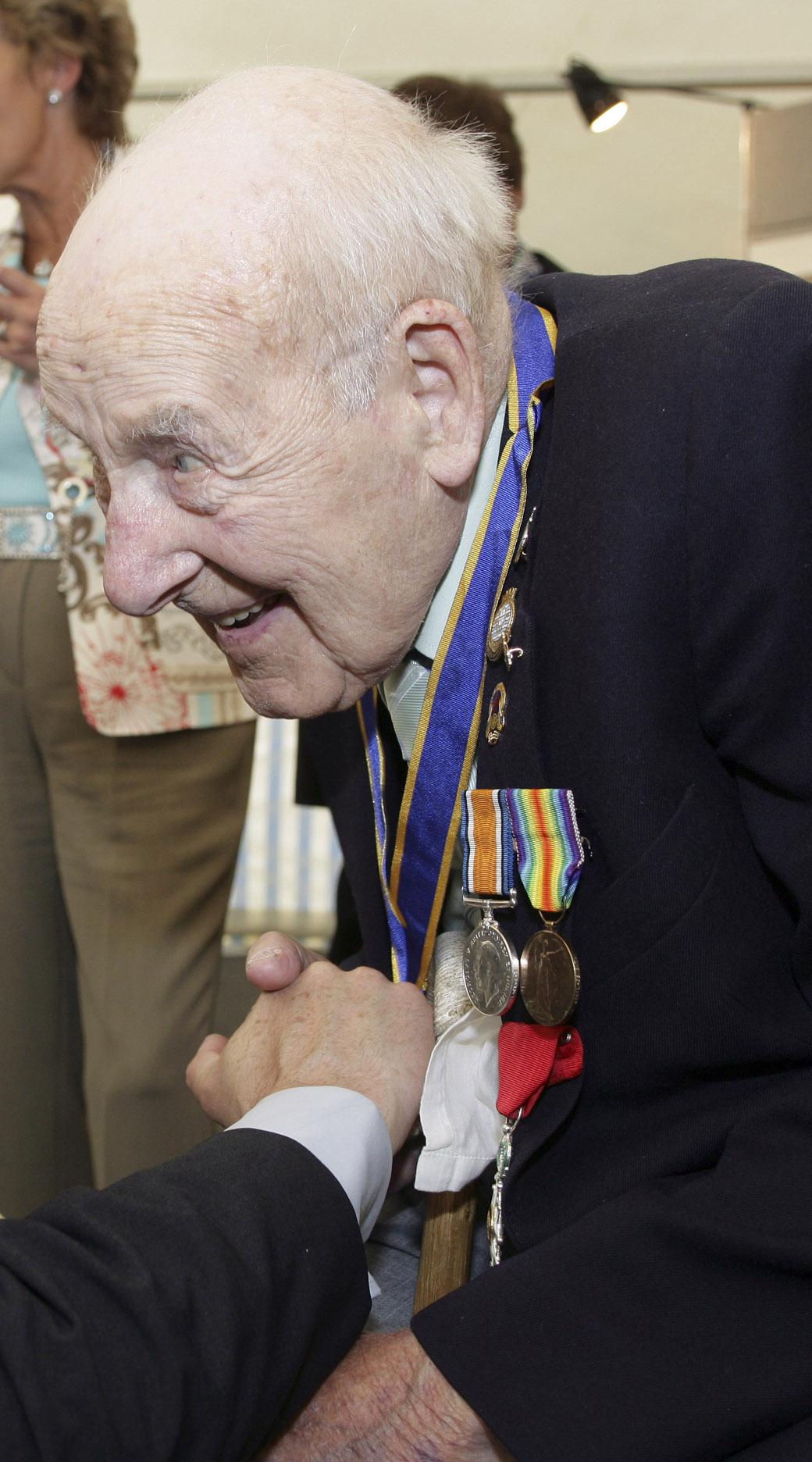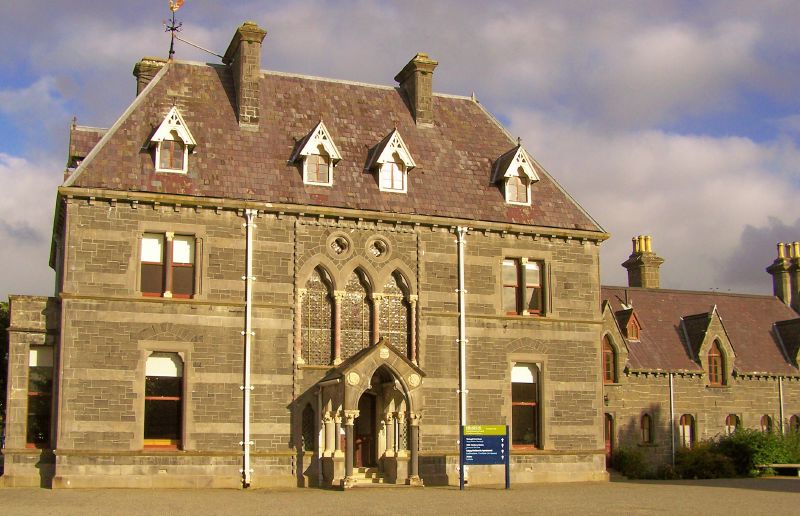|
Katherine Plunket
Katherine Plunket (born Catherine Plunket; 22 November 182014 October 1932) was an Anglo-Irish aristocrat and Botanical illustration, botanical illustrator from Ballymascanlan, County Louth. She holds the distinction of being List of Irish supercentenarians, the oldest person ever to be born and die in Ireland, living to the age of 111 years and 327 days. She is also the fourth longest-lived Irish person in recorded history. Biography Plunket was born on 22 November 1820, at Kilsaran, near Castlebellingham in County Louth, Ireland (then part of the United Kingdom). The eldest of six children, one of whom died in infancy, she was a granddaughter of William Plunket, 1st Baron Plunket, Lord High Chancellor of Ireland. Her father Thomas Plunket, 2nd Baron Plunket (1792–1866), was a junior Church of Ireland clergyman when she was born and later became the Bishop of Tuam, Killala and Achonry, she was featured in numerous peerage books of the period including Whittakers. Her mother, ... [...More Info...] [...Related Items...] OR: [Wikipedia] [Google] [Baidu] |
The Honourable
''The Honourable'' (Commonwealth English) or ''The Honorable'' (American English; American and British English spelling differences#-our, -or, see spelling differences) (abbreviation: ''Hon.'', ''Hon'ble'', or variations) is an honorific Style (manner of address), style that is used as a prefix before the names or titles of certain people, usually with official governmental or diplomatic positions. Use by governments International diplomacy In international diplomatic relations, representatives of foreign states are often styled as ''The Honourable''. Deputy chiefs of mission, , consuls-general, consuls and honorary consuls are always given the style. All heads of consular posts, whether they are honorary or career postholders, are accorded the style according to the State Department of the United States. However, the style ''Excellency'' instead of ''The Honourable'' is used for ambassadors and high commissioners only. Africa Democratic Republic of the Congo In the Democrati ... [...More Info...] [...Related Items...] OR: [Wikipedia] [Google] [Baidu] |
Dundalk
Dundalk ( ; ) is the county town of County Louth, Ireland. The town is situated on the Castletown River, which flows into Dundalk Bay on the north-east coast of Ireland, and is halfway between Dublin and Belfast, close to and south of the border with Northern Ireland. It is surrounded by several townlands and villages that form the wider Dundalk Municipal District. It is the seventh largest List of urban areas in the Republic of Ireland, urban area in Ireland, with a population of 43,112 as of the 2022 census of Ireland, 2022 census. Dundalk has been inhabited since the Neolithic period. It was established as a Normans, Norman stronghold in the 12th century following the Norman invasion of Ireland, and became the northernmost outpost of The Pale in the Late Middle Ages. Located where the northernmost point of the province of Leinster meets the province of Ulster, the town came to be known as the "Gap of the North". The modern street layout dates from the early 18th century and ... [...More Info...] [...Related Items...] OR: [Wikipedia] [Google] [Baidu] |
Guinness World Records
''Guinness World Records'', known from its inception in 1955 until 1999 as ''The Guinness Book of Records'' and in previous United States editions as ''The Guinness Book of World Records'', is a British reference book published annually, listing world records both of human achievements and the extremes of the natural world. Sir Hugh Beaver created the concept, and twin brothers Norris and Ross McWhirter co-founded the book in London in August 1955. The first edition topped the bestseller list in the United Kingdom by Christmas 1955. The following year the book was launched internationally, and as of the 2025 edition, it is now in its 70th year of publication, published in 100 countries and 40 languages, and maintains over 53,000 records in its database. The international franchise has extended beyond print to include television series and museums. The popularity of the franchise has resulted in ''Guinness World Records'' becoming the primary international source for cata ... [...More Info...] [...Related Items...] OR: [Wikipedia] [Google] [Baidu] |
Sir Walter Scott
Sir Walter Scott, 1st Baronet (15 August 1771 – 21 September 1832), was a Scottish novelist, poet and historian. Many of his works remain classics of European literature, European and Scottish literature, notably the novels ''Ivanhoe'' (1819), ''Rob Roy (novel), Rob Roy'' (1817), ''Waverley (novel), Waverley'' (1814), ''Old Mortality'' (1816), ''The Heart of Mid-Lothian'' (1818), and ''The Bride of Lammermoor'' (1819), along with the narrative poems ''Marmion (poem), Marmion'' (1808) and ''The Lady of the Lake (poem), The Lady of the Lake'' (1810). He had a major impact on European and American literature, American literature. As an advocate and legal administrator by profession, he combined writing and editing with his daily work as Clerk of Session and Sheriff court, Sheriff-Depute of Selkirkshire. He was prominent in Edinburgh's Tory (political faction), Tory establishment, active in the Royal Highland and Agricultural Society of Scotland, Highland Society, long time a p ... [...More Info...] [...Related Items...] OR: [Wikipedia] [Google] [Baidu] |
Ada Roe
, the Gerontology Research Group had validated the longevity claims of 154 British persons who have become "supercentenarians", attaining or surpassing 110 years of age. This number includes emigrants who died in other nations. The oldest known British person ever is Ethel Caterham, who is currently living at the age of , and is additionally the oldest living person in the world. The oldest man from the United Kingdom is Henry Allingham, who died in 2009 at the age of 113 years and 42 days. 100 oldest British people ever Notes Biographies Betsy Baker Betsy Ann Baker (née Russell; born August 20, 1842 – October 24, 1955) was born in Great Brington, Northamptonshire in England, immigrated to the United States, settled in Nebraska, and became the world's oldest person. She lived for 65 years in Johnson County, where she was called "the Queen mother of the Johnson County Fair" in 1953. At age 107, she received a congratulatory letter from president Harry S. Trum ... [...More Info...] [...Related Items...] OR: [Wikipedia] [Google] [Baidu] |
King George V
George V (George Frederick Ernest Albert; 3 June 1865 – 20 January 1936) was King of the United Kingdom and the British Dominions, and Emperor of India, from 6 May 1910 until his death in 1936. George was born during the reign of his paternal grandmother, Queen Victoria, as the second son of the Prince and Princess of Wales (later King Edward VII and Queen Alexandra). He was third in the line of succession to the British throne behind his father and his elder brother, Prince Albert Victor. From 1877 to 1892, George served in the Royal Navy, until his elder brother's unexpected death in January 1892 put him directly in line for the throne. The next year George married his brother's former fiancée, Princess Victoria Mary of Teck, and they had six children. When Queen Victoria died in 1901, George's father ascended the throne as Edward VII, and George was created Prince of Wales. He became king-emperor on his father's death in 1910. George's reign saw the rise of soc ... [...More Info...] [...Related Items...] OR: [Wikipedia] [Google] [Baidu] |
Irish Free State
The Irish Free State (6 December 192229 December 1937), also known by its Irish-language, Irish name ( , ), was a State (polity), state established in December 1922 under the Anglo-Irish Treaty of December 1921. The treaty ended the three-year Irish War of Independence between the forces of the Irish Republic – the Irish Republican Army (1919–1922), Irish Republican Army (IRA) – and The Crown, British Crown forces. The Free State was established as a dominion of the British Empire. It comprised 26 of the 32 counties of Ireland. Northern Ireland, which was made up of the remaining six counties, exercised its right under the Treaty to opt out of the new state. The Irish Free State government consisted of the Governor-General of the Irish Free State, governor-general – the viceregal representative of the King – and the Executive Council of the Irish Free State, Executive Council (cabinet), which replaced both the revolutionary Government of the 2nd Dáil, Dáil Governm ... [...More Info...] [...Related Items...] OR: [Wikipedia] [Google] [Baidu] |
Delina Filkins
Delina Filkins (née Ecker; 4 May 1815 – 4 December 1928) was an American supercentenarian, and the first person verifiably to reach the age of 113. Noted during her own lifetime for her advanced age in the local and national press, she lived an otherwise ordinary life. Filkins' case has since been noted as particularly important, being the first person in recorded demographic history to have lived to the ages of 112 and 113. Her age at death (113 years, 214 days) was not surpassed until 1979. Life Delina Filkins was born on 4 May 1815 in Stark, New York, daughter of William Ecker and Susanna Herwick. Her parents were descendants of Dutch and German settlers, who had arrived in New York during the 1700s. She attended school until the age of 11, before work at home spinning flax into yarn. In 1834, at the age of 18, Delina married local farmer John D. Filkins, going on to have at least six children: Joseph (1836–1891), Cornelia (1837–1900), William (1839–1909), Alonzo (18 ... [...More Info...] [...Related Items...] OR: [Wikipedia] [Google] [Baidu] |
Glasnevin
Glasnevin (, also known as ''Glas Naedhe'', meaning "stream of O'Naeidhe" after a local stream and an ancient chieftain) is a neighbourhood of Dublin, Ireland, situated on the River Tolka. While primarily residential, Glasnevin is also home to the National Botanic Gardens (Ireland), National Botanic Gardens, Glasnevin Cemetery, the National Meteorological Office, and a range of other state bodies, and Dublin City University has its main campus and other facilities in and near the area. Glasnevin is also a Civil parishes in Ireland, civil parish in the ancient Barony (Ireland), barony of Coolock (barony), Coolock. Geography A mainly residential neighbourhood, Glasnevin is located on the Northside (Dublin), Northside of the city of Dublin (about 3 km north of Dublin city centre). It was established on the northern bank of the River Tolka where the stream for which it may be named joins, and now extends north and south of the river. Three watercourses flow into the Tolka in ... [...More Info...] [...Related Items...] OR: [Wikipedia] [Google] [Baidu] |
National Museum Of Ireland
The National Museum of Ireland () is Ireland's leading museum institution, with a strong emphasis on national and some international archaeology, Irish history, Irish art, culture, and natural history. It has three branches in Dublin, the archaeology and natural history museums adjacent on Kildare Street and Merrion Square, and a newer Decorative Arts and History branch at the former Collins Barracks, and the Country Life museum in County Mayo. History Predecessors The National Museum of Ireland descends from the amalgamation of parts of the collections of a number of Dublin cultural institutions from the 18th and 19th centuries, including primarily the Royal Dublin Society (RDS) and the Royal Irish Academy (RIA). The earliest parts of the collections are largely geological and mineralogical specimens, which the RDS collected as a means to improve the knowledge and use of such resources in Ireland. The establishment of the museum collections is generally deemed to have ... [...More Info...] [...Related Items...] OR: [Wikipedia] [Google] [Baidu] |
Royal College Of Science For Ireland
The Royal College of Science for Ireland (RCScI) was an institute for higher education in Dublin which existed from 1867 to 1926, specialising in physical sciences and applied science. It was originally based on St. Stephen's Green, moving in 1911 to a purpose-built "Royal College of Science" building on Merrion Street, now known as Government Buildings. In 1926 it was absorbed into University College Dublin (UCD) as the faculty of Science and Engineering. Foundation The Museum of Economic Geology was founded by the Dublin Castle administration in 1845, with chemist Robert Kane as curator, and a focus on mining in Ireland similar to the Museum of Practical Geology in London.Select Committee (1864p.ix In 1847, Kane was promoted to director, expanding its remit, and renaming it the Museum of Irish Industry (MII). In 1853 a new Science and Art Department was created within the Whitehall administration, and in 1854 the MII placed under its remit.Select Committee (1864p.xiv A Sch ... [...More Info...] [...Related Items...] OR: [Wikipedia] [Google] [Baidu] |







